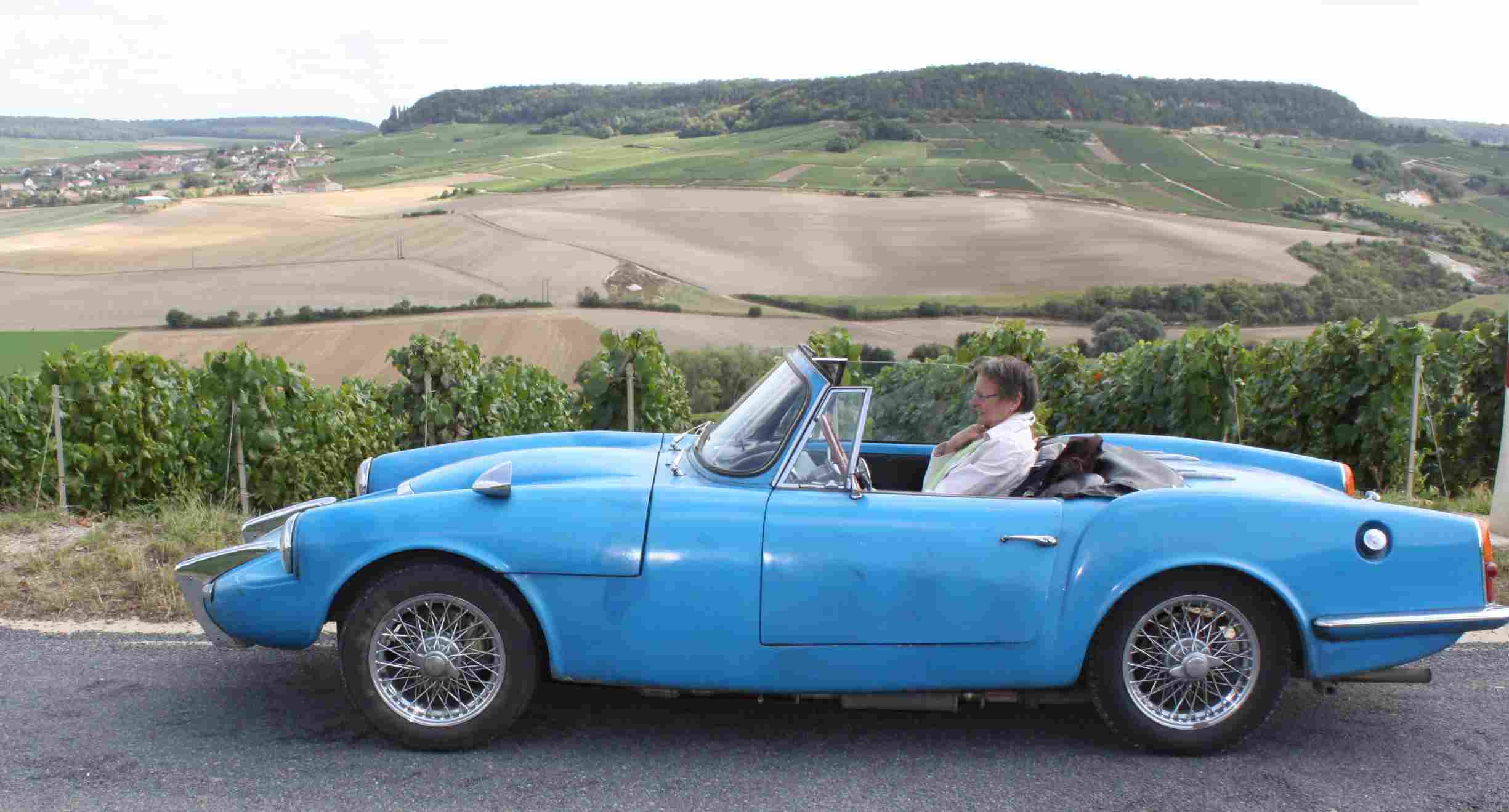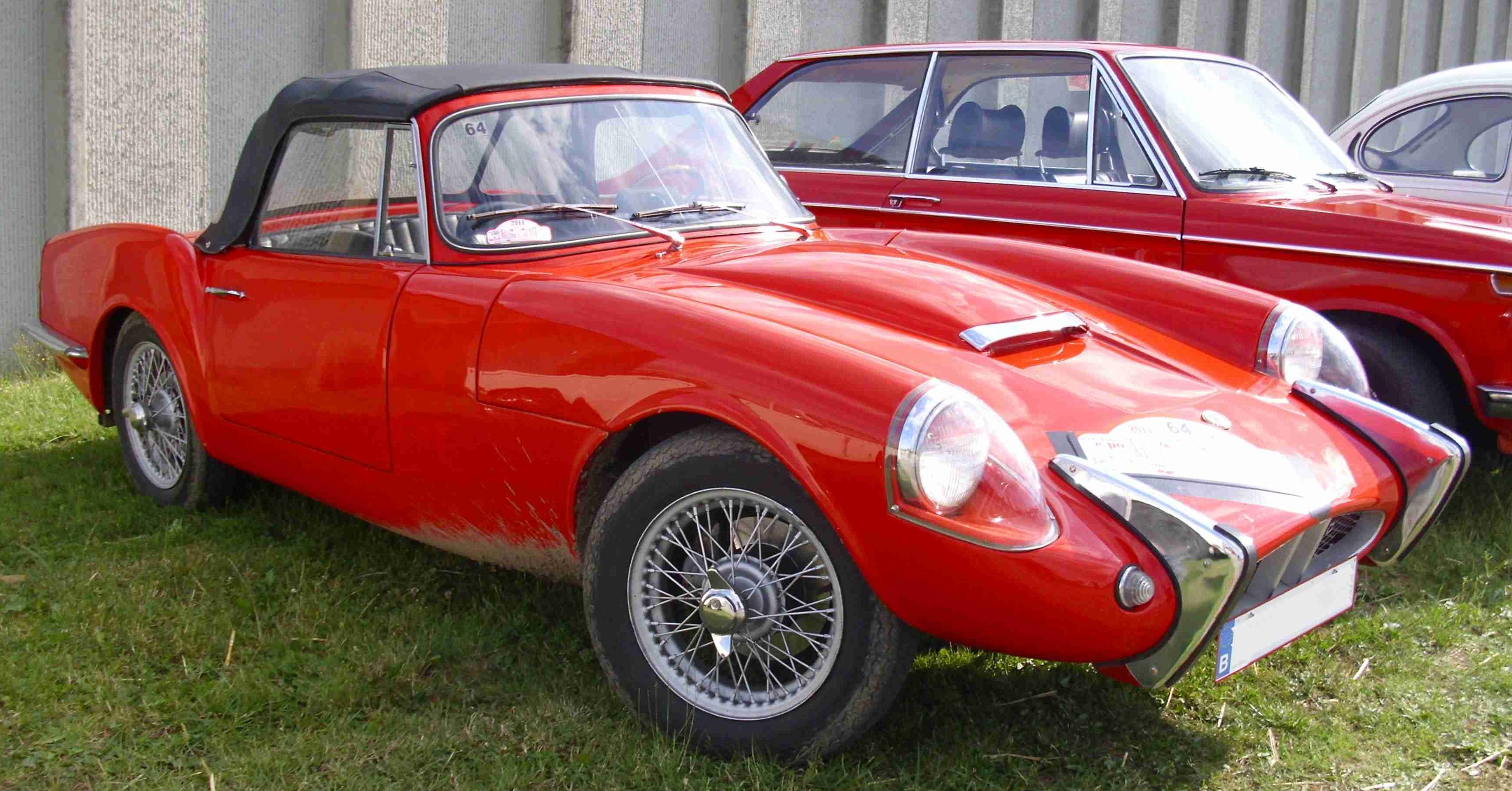Autocars La ChaudiĆØre on:
[Wikipedia]
[Google]
[Amazon]
Autocars Co. Ltd. ( he, ××××ק×Ø×”) of Haifa, Israel, was Israel's first car manufacturer.

 The name " Sabra" was chosen because it means both " born in Israel" and a cactus (its fruit, prickly pear), which was used as its logo. In 1960, Yitzhak Shubinsky launched an Israeli-made car at the autoshow in New York City. It was a very small, underpowered pick-up truck. At the show Shubinsky realized that it was a futile attempt, and set forth on a new project.
He bought the rights to use an Ashley body on a
The name " Sabra" was chosen because it means both " born in Israel" and a cactus (its fruit, prickly pear), which was used as its logo. In 1960, Yitzhak Shubinsky launched an Israeli-made car at the autoshow in New York City. It was a very small, underpowered pick-up truck. At the show Shubinsky realized that it was a futile attempt, and set forth on a new project.
He bought the rights to use an Ashley body on a
Sabra BelgiumAround the world : Autocars of Israel
{{Automotive industry in Israel Car manufacturers of Israel Defunct motor vehicle manufacturers of Israel Vehicle manufacturing companies established in 1957 Year of disestablishment missing Israeli companies established in 1957 Companies based in Haifa
History
Autocars Ltd, founded in 1957, made fiberglass-shelledcar
A car or automobile is a motor vehicle with wheels. Most definitions of ''cars'' say that they run primarily on roads, seat one to eight people, have four wheels, and mainly transport people instead of goods.
The year 1886 is regarded as ...
s that were popular in Israel during the 1960s and 1970s. Government agencies were forced to buy them. This released onto the market thousands of low-priced second hand vehicles. Although their style and finish left something to be desired, Autocar's use of Ford and Triumph engines made them reliable cars which kept their value for years. The manufacturing of these cars ceased during the 1980s, and Israel's only remaining car making company today is AIL
Ail or AIL may refer to:
* Illness, a state of poor health
* Ail (''Sailor Moon''), a character in the ''Sailor Moon'' anime series
* Acceptance in lieu, an arrangement in the UK for accepting works of art etc. in lieu of tax
* Agilus, a Frankis ...
.
Autocars manufactured its own car models under the Sabra (Hebrew: צ××Ø×) brand. The line included a station wagon, pick-up and the Sabra Sport, a sport car
A sports car is a car designed with an emphasis on dynamic performance, such as handling, acceleration, top speed, the thrill of driving and racing capability. Sports cars originated in Europe in the early 1900s and are currently produced by ...
derived from Reliant.
From 1960, the sport model was produced under the Sabra brand, and the station wagon, sedan and pick-up models were produced under the Sussita brand name (''Sussita'' (×”××”××Ŗ×), ''Sussita 12'' and ''Sussita 13/60'' models).
Following an agreement with the Greek automotive manufacturer Attica, a small number of Sussita 12 sedans (Carmel) were produced in Greece.
Apart from its own brand, Autocars also assembled other car manufacturersā models, such as Reliant Regal, and Triumph 1300 / 1500. These models were built using complete kits received from the brands owners.
Models for the Israeli market
Sussita (A.K.A "Cube") - manufactured from 1960 till 1966. 2 doors station wagon and pick-up versions. Designed with the help of the British Reliant company. The car was built using various Ford's parts, mainly the Ford Anglia engine. Carmel - manufactured from 1962 till 1964. A clone of the British three wheelerReliant Regal
The Reliant Regal is a small three-wheeled car and van that was manufactured from 1952 to 1973 by the Reliant Motor Company in Tamworth, England, replacing the earlier Reliant Regent three-wheeled cyclecar van which had its origins in a desi ...
, that was modified to have 4 wheels. The model had many problems, and was discontinued. The Carmel label was later given to next generations of the Sussita sedans.
Sussita 12 - manufactured from 1964 till 1970. Body versions:2 doors station wagon, 2 doors sedan (A.K.A Carmel), 4 doors sedan (A.K.A Gilboa) and pick-up versions. Till 1968 the Sussita 12 used the Ford Anglia engines, where the Gilboa had an optional 1500cc Ford's engine. From 1968 to 1970 the station wagon and sedans (Carmel and Gilboa), used the Triumph Herald 12/50 engine.
Sussita 13/60 - manufactured from 1970 till 1975. 2 doors station wagon, 2 doors sedan (A.K.A Carmel Ducas), and pick-up versions. 4 doors sedan was not produced. The Sussita 13/60 was built on the British Triumph Herald's chassis, and used the Herald 13/60 engine and gearbox.
Autocars assembled several car models of other manufactures, using complete kits received from them. For example:
Triumph 1300 / Triumph 1500
The Triumph 1500 is a small front-wheel drive car that was produced by Standard-Triumph from 1970 to 1973. In 1973 it was revised as the Triumph 1500TC becoming rear-wheel drive. Production ended in 1976, by which time it had been replaced b ...
- British Triumph cars from kits in the late 1960s. The Triumph lineup included the Triumph 1300, although originally only with a 1500 engine as the 1300 was considered too close to the 1.3 litre Hino Contessa.
Hino Contesa 900 / Hino Contesa 1300 - Assembled from original kits received from Hino Japan. The franchise, to assemble the Contessa, moved in 1969 from Eilin to Autocars, after the Israeli government forced the merger of the two companies. The contract was discontinued when Toyota had taken over Hino.
Autocars went bankruptcy in 1970. Its assembly lines were bought by Rom Carmel Industries. Rom Carmel continued to manufacture the Sussita 13/60, till 1975. Rom Carmel manufactured their own models: Rom Carmel 1300, and Rom Carmel 1301, till 1980.
Sabra

Leslie Ballamy
Leslie Mark Ballamy (28 December 1903 ā 16 July 1991) was a British inventor and automotive engineer who had a major impact on the British motorsport scene both before the Second World War and in the post-war period. His business L.M.B. Component ...
chassis
A chassis (, ; plural ''chassis'' from French chĆ¢ssis ) is the load-bearing framework of an artificial object, which structurally supports the object in its construction and function. An example of a chassis is a vehicle frame, the underpart ...
. He reached an agreement with Reliant (who had helped producing the "Carmel" and the "Sussita") to combine engine, body and chassis into a convertible sports-car. The engine was a Ford 1703 cc. Reliant was authorized to deliver the first 100 cars to the United States market.
In 1961, at the New York Autoshow, the first Sabras were introduced. Reliant produced the first 100 cars. Their VIN
Vin or VIN may refer to:
Arts, entertainment, and media
* VƮn TV, a Kurdish language satellite television channel founded in 2007
* ''Vos Iz Neias?'', an American Jewish online news site
* Coastal radio station VIN Geraldton (callsign), a statio ...
-plates read "AUTOCARS COMPANY LIMITED HAIFA ISRAEL", though they were actually made in the United Kingdom. The rest of the cars were produced in Israel, but only 41 of those were exported to the USA. One of these was entered into the 12 Hours of Sebring
The 12 Hours of Sebring is an annual motorsport endurance race for sports cars held at Sebring International Raceway, on the site of the former Hendricks Army Airfield World War II air base in Sebring, Florida, US. The event is the second round ...
in 1963 but did not finish due to a drive shaft
A drive shaft, driveshaft, driving shaft, tailshaft (Australian English), propeller shaft (prop shaft), or Cardan shaft (after Girolamo Cardano) is a component for transmitting mechanical power (physics), power and torque and rotation, usually ...
failure.
Between 1964ā68, some 81 cars ā a quarter of the Israeli production ā were exported to Belgium. Production stopped with the Six-Day War. Orders already placed were honoured, but delivery was delayed until 1968ā69. Worldwide, over 100 Sabra cars are still traceable, over twenty of them in Belgium.
The Sabra can also be seen on a record cover of the Israeli band צ×× ××Ø××.
See also
*Economy of Israel
The economy of Israel is a developed free-market economy. The prosperity of Israel's advanced economy allows the country to have a sophisticated welfare state, a powerful modern military said to possess a nuclear-weapons capability, modern inf ...
References
External links
Sabra Belgium
{{Automotive industry in Israel Car manufacturers of Israel Defunct motor vehicle manufacturers of Israel Vehicle manufacturing companies established in 1957 Year of disestablishment missing Israeli companies established in 1957 Companies based in Haifa